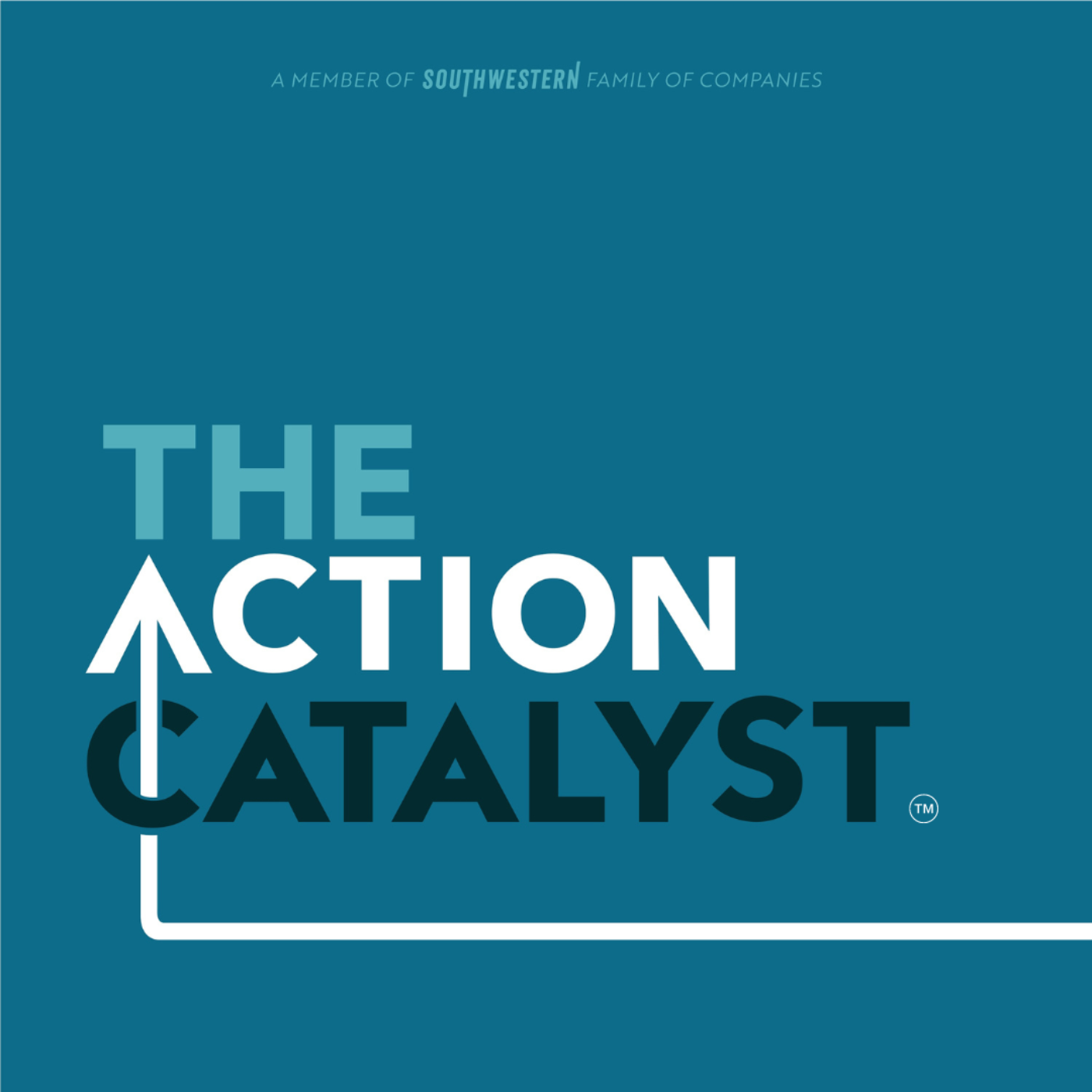
Terence Mauri, acclaimed author and founder of Hack Future Lab, explains the 3 forms of curiosity, and which group is currently using them to tremendous benefit.Hear Terence's full interview across Action Catalyst Episodes 478 and 479.
Chapter 1: What actionable steps can a leader take for future readiness?
What actionable steps can a leader take to sharpen their organization's readiness for the future? I think start with this idea of future readiness muscle. And we have muscle memory. So what I mean by that is some mindset shifts. The future and the reality right now is that the future is not just about technology or trends. That's important.
Chapter 2: Why is mindset shift crucial for organizational success?
But even more important than that, it's about mindset shifts and choices and voices. And so this future readiness muscle we need to sharpen in meaningful, intentional ways. For example, the curiosity to learn, relearn and unlearn. The clarity to focus because our attention spans now are one of the rarest and purest forms of leadership capital.
Chapter 3: How can curiosity enhance leadership capacity?
the conviction to make decisions, decision velocity, under pressure, despite volatility, despite uncertainty. These would be some muscles to sharpen individually and collectively within the organization. A practical example of that would be at Novartis,
the pharma company, they have a 30-day curiosity hackathon where they sharpen three types of curiosity over the course of 30 days, 100,000 employees. They focus on inner curiosity, so know yourself, know your blind spots, know your strengths. Other curiosity, know the people around you, build bridges and outer curiosity, which is what's the point of view you have about your industry?
What's the point of view you have about weak signals or big trends that are impacting your industry? And what are you going to do about them? They call it triple curiosity, inner, other, and outer. That's one example of how a company is bringing this future readiness muscle to life in a really human way.
So inner is yourself, outer is other people, and outer is really curiosity outside of the business. So looking at external trends, inflection points, competition, even other industries, because with industry convergence happening as well, We also can learn a lot, not just from our own industries, but again, that you get trapped in silo thinking, but also breaking into other industries. Love that.